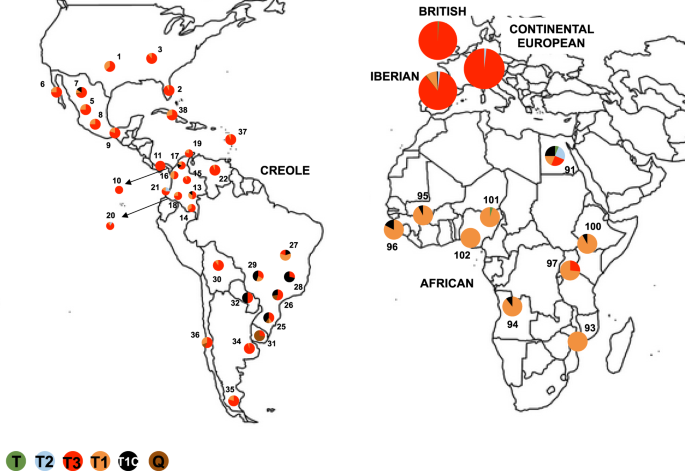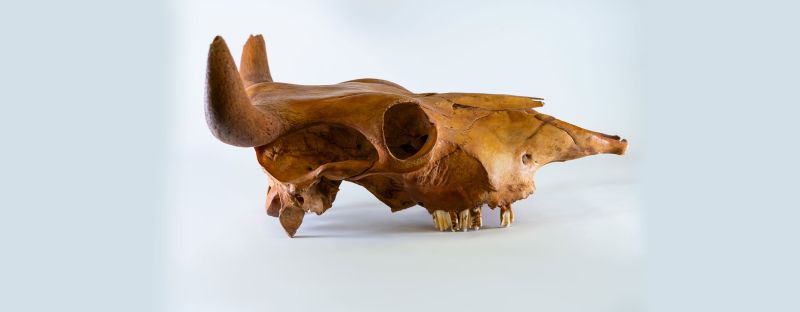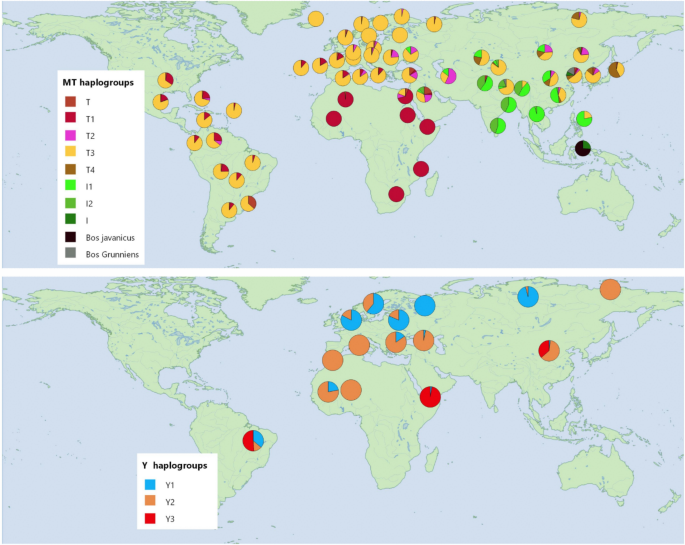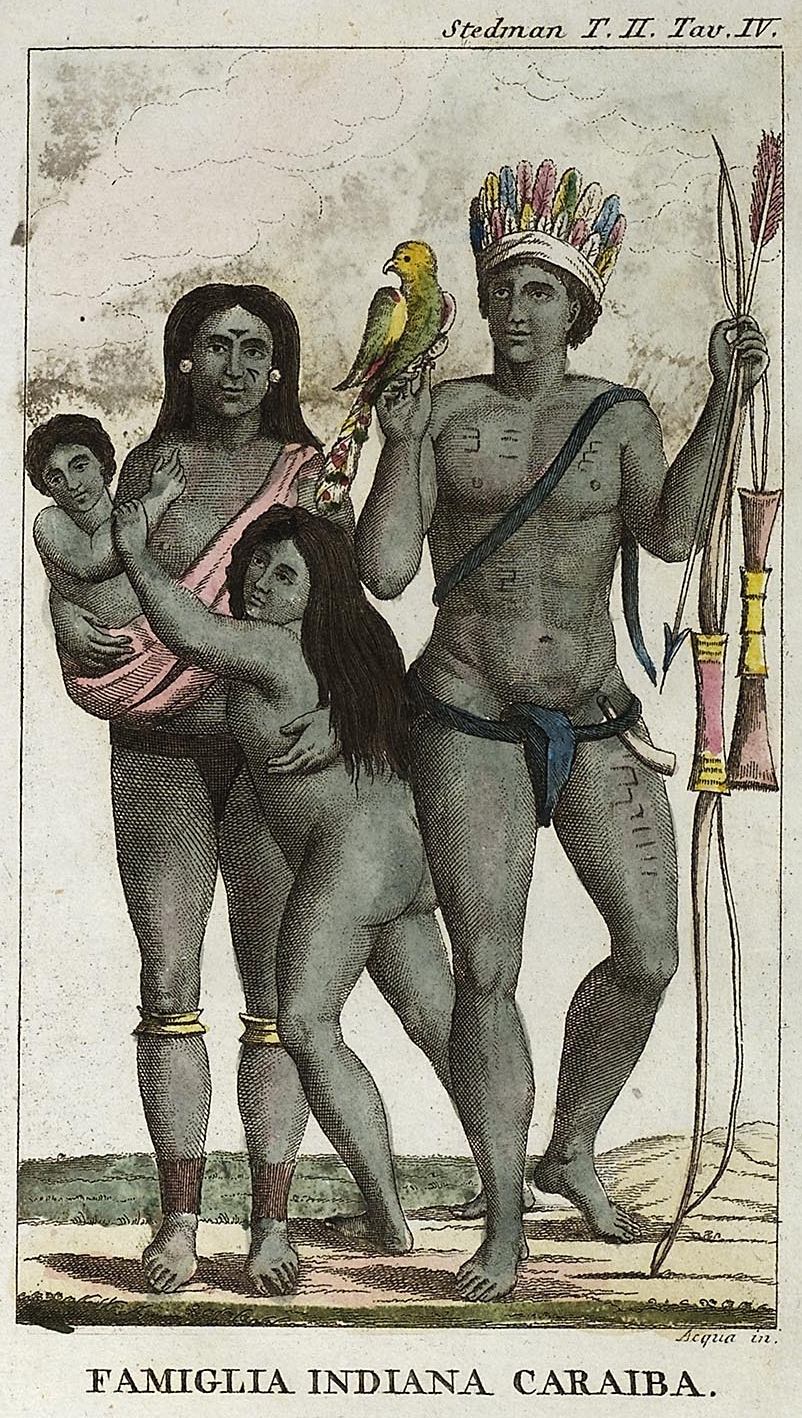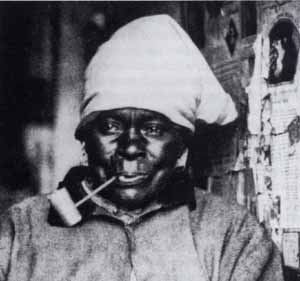Where is your paper to refute the common denominator of science?
The above you posted is pseudoscience.
The Olmec theory came from Andrzej Wiercinski and historian Frederick Peterson, not from Dr. Van Sertima.
“The pioneering study of ADNMT carried out on Olmec individuals, one from San Lorenzo and the other from Loma del Zapote, resulted,
in both cases, in the unequivocal presence of the distinctive mutations of the “A” maternal lineage.
That is, the origin of the Olmecs is not in Africa but in America, since they share the most abundant of the five mitochondrial haplogroups characteristic of the indigenous populations of our continent: A, B, C, D and X.”
[…]
Enrique Villamar Becerril. Physical anthropologist from ENAH. Candidate for a doctor in Mesoamerican studies (UNAM), with an analysis of ADNMT in bone remains from various sites of the Preclassic period.”
(Villamar Becerril Enrique, "DNA Studies and the Origin of the Olmecs", Mexican Archeology, no. 150, pp. 40-41.)
“These regions include the Gulf Coast and Oaxaca. The Gulf Coast was initially peopled by the Olmecs (the earliest known major Mesoamerican civilisation) and was later home to the city of El Tajín.”
(Xavier Roca-Rada, NLM provides access to scientific literature. Inclusion in an NLM database does not imply endorsement of, or agreement with, the contents by NLM or the National Institutes of Health. Learn more: | 2020 Nov; 11(11): 1346.)
Furthermore, can you explain this historical documentation?
The genetic ancestry of American Creole cattle inferred from uniparental and autosomal genetic markers
“Results with mtDNA indicate that T1c-lineages are rare in Iberia but common in Africa and are well represented in Creoles from Brazil and Colombia, lending support to a direct African influence on Creoles.”
Cattle imported from the Iberian Peninsula spread throughout America in the early years of discovery and colonization to originate Creole breeds, which adapted to a wide diversity of environments and later received influences from other origins, including zebu cattle in more recent years. We...

www.nature.com
Why the above?
Americas’ first cowboys were enslaved Africans, ancient cow DNA suggests
Cattle may seem like uniquely American animals, steeped in the lore of cowboys, cattle drives and sprawling ranches. In a study funded in part by the U.S. National Science Foundation and published in…

www.nsf.gov
Before the arrival of Europeans, domestic cattle (Bos taurus) did not exist in the Americas, and most of our knowledge about how domestic bovines first arrived in the Western Hemisphere is based on historical documents. Sixteenth-century colonial accounts suggest that the first cattle were...

www.nature.com
- Upon a writ of error to a Circuit Court of the United States, the transcript of the record of all the proceedings in the case is brought before this court, and is open to its inspection and revision.
- When a plea to the jurisdiction, in abatement, is overruled by the court upon demurrer, and the defendant pleads in bar, and upon these pleas the final judgment of the court is in his favor--if the plaintiff brings a writ of error, the judgment of the court upon the plea in abatement is before this court, although it was in favor of the plaintiff--and if the court erred in overruling it, the judgment must be reversed, and a mandate issued to the Circuit Court to dismiss the case for want of jurisdiction.
- In the Circuit Courts of the United States, the record must show that the case is one in which by the Constitution and laws of the United States, the court had jurisdiction--and if this does not appear, and the court gives judgment either for plaintiff or defendant, it is error, and the judgment must be reversed by this court--and the parties cannot by consent waive the objection to the jurisdiction of the Circuit Court.
- A free negro of the African race, whose ancestors were brought to this country and sold as slaves, is not a "citizen" within the meaning of the Constitution of the United States.
In this ruling, the U.S. Supreme Court stated that enslaved people were not citizens of the United States and, therefore, could not expect any protection from the federal government or the courts. The opinion also stated that Congress had no authority to ban slavery from a Federal territory
EnlargeDownload Link Citation: Judgment in the U.S. Supreme Court Case Dred Scott v. John F. A. Sandford; 3/6/1857; Dred Scott, Plaintiff in Error, v. John F. A. Sandford; Appellate Jurisdiction Case Files, 1792 - 2010; Records of the Supreme Court of the United States, Record Group 267...

www.archives.gov
Patterns of Genetic Ancestry of Self-Reported African Americans
Genome-wide ancestry estimates of African Americans show average proportions of 73.2% African, 24.0% European, and
0.8% Native American ancestry (
Table 1).
Over the past 500 years, North America has been the site of ongoing mixing of Native Americans, European settlers, and Africans (brought largely by the trans-Atlantic slave trade), shaping the early history of what became the United States. We ...

pmc.ncbi.nlm.nih.gov
The I Ain't African Starter Pack: What About The Pyramids In The Grand Canyon Patreon: https://www.patreon.com/searchforuhuruInstagram: princedynastamirinsta...

www.youtube.com


